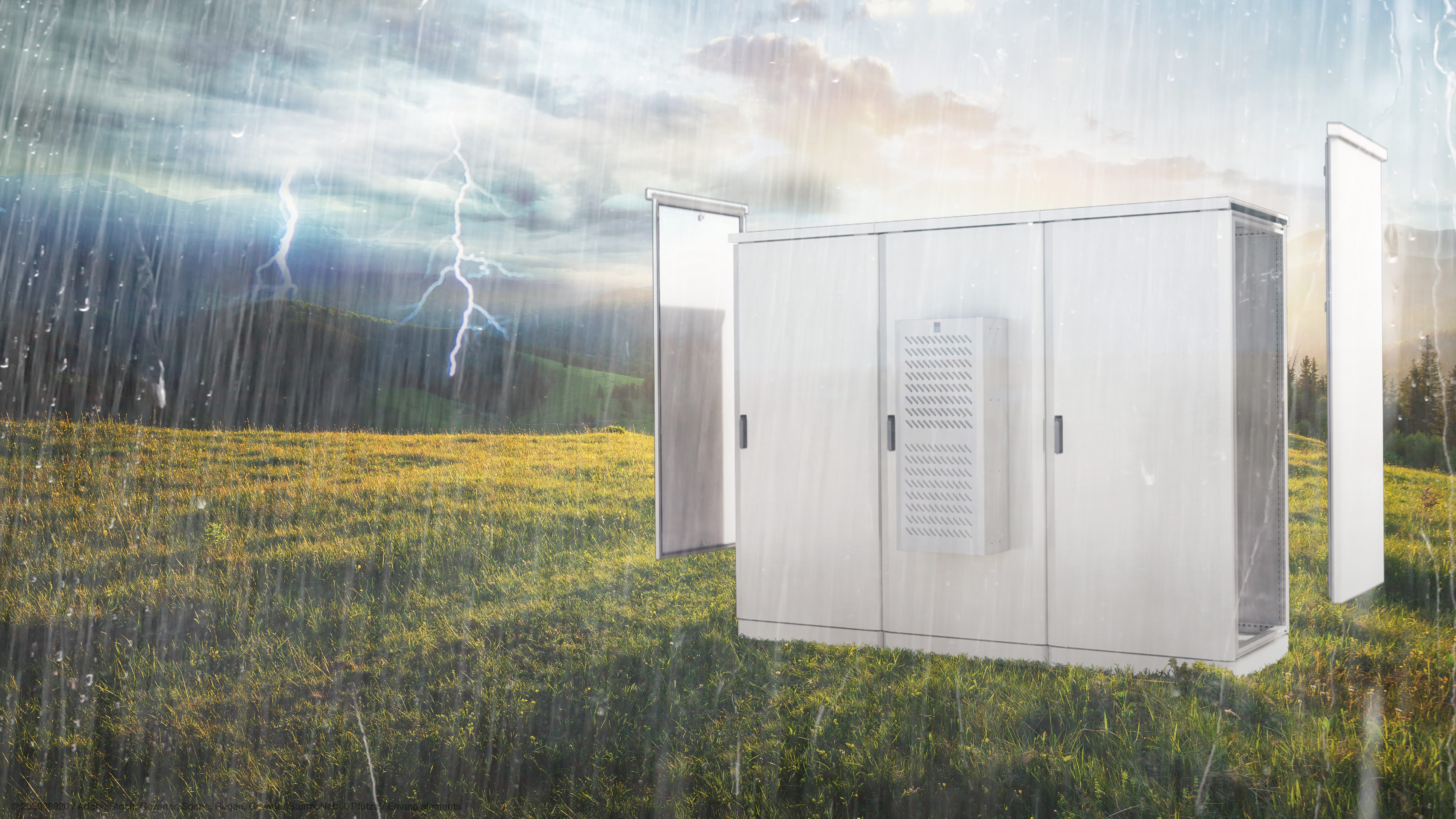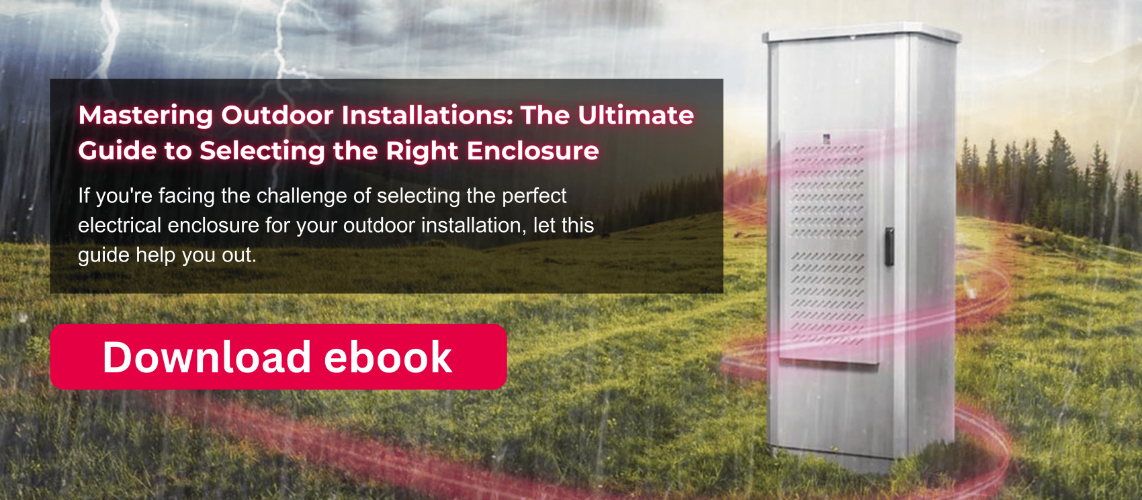
Understanding the Difference Between NEMA and IP Ratings for Electrical Enclosures
NEMA and IP ratings are internationally recognised standards used to classify the degree of protection provided by electrical enclosures against application and environmental conditions such as water, dust, ice, indoor or outdoor and in some cases, oil.
What are NEMA and IP Ratings?
NEMA Ratings are predominantly used in the United States and are defined by the National Electrical Manufacturers Association. These ratings consider a wide range of environmental and application factors, including corrosion resistance, indoor/outdoor suitability, and protection against dust and water. NEMA classifications use terms such as “dust-tight” or “drip-tight,” but do not specify particle sizes like IP ratings do.
IP Ratings (Ingress Protection), more commonly used internationally, are defined by the IEC (International Electrotechnical Commission). An IP rating consists of two digits, for example, IP66 where the first digit indicates the level of protection against solid objects (including dust), and the second digit refers to protection against liquids. IP ratings also specify particle sizes but do not account for other environmental factors such as corrosion, ice formation, or whether the enclosure is intended for indoor or outdoor use.
The Difference Between NEMA and IP Ratings
While both systems aim to define enclosure protection levels, they are not directly interchangeable. For instance, an IP rating does not provide insight into corrosion resistance or suitability for specific environmental conditions, which are key considerations in NEMA ratings.
While IP and NEMA ratings are not directly interchangeable, both provide valuable guidance when selecting an appropriate enclosure. However, it's important to note that these ratings are based on specific test conditions and durations, which may not reflect the full lifecycle or long-term performance requirements of the enclosure in real-world applications.
Therefore, it's advisable to consult with the enclosure manufacturer to ensure the selected product is truly fit for purpose. Although IP and NEMA ratings offer useful benchmarks, they do not always account for factors such as overall design integrity, material durability, or environmental stressors that may impact the enclosure's longevity.
Selecting the right electrical enclosure goes beyond simply matching a NEMA or IP rating. While these standards are essential for understanding protection levels against dust, water, and other environmental factors, they should form part of a broader assessment that includes material selection, installation environment, and long-term performance expectations.
At Rittal, our enclosures are designed, tested, and certified to meet and exceed both NEMA and IP standards, ensuring maximum reliability and safety across all applications. Whether you’re specifying for industrial, outdoor, or specialised environments, our experts can help you identify the best solution to protect your equipment and maintain operational continuity.



